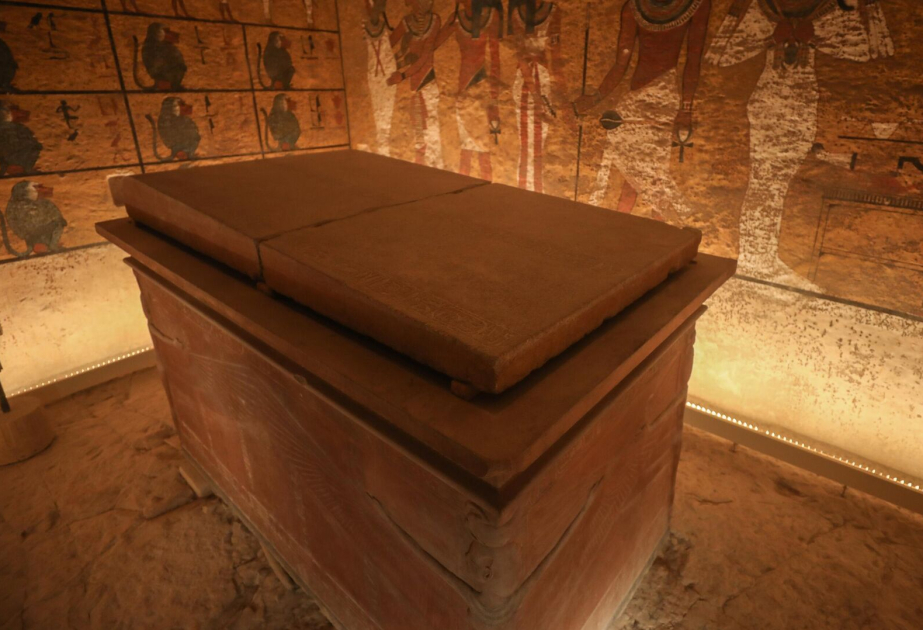King Tutankhamun’s tomb at risk of collapsing as experts fear cracks could cause 3,000-year-old burial site to crumble

Baku, October 22, AZERTAC
King Tutankhamun’s tomb is on the brink of collapse and could crumble down in a devastating disaster, archaeologists have warned, according to The Sun.
The priceless 3,300-year-old burial site may not stand the test of time because of cracks, water damage and fungi.
Archaeologists at the University of Cairo have now found that the tomb is plagued with several cracks and damage caused by water seepage, that have put the burial site at risk of collapse.
Sayed Hemeda, a Professor of Preservation of Architectural Heritage at Cairo University, told the Daily Mail: “There are current and future risks facing the cemetery, which will affect its structural integrity in the long term.”
Tutankhamun is buried in the Valley of the Kings in Egypt, situated by the River Nile opposite Luxor.
It is currently known to house 63 tombs and chambers of varying sizes, and was used as the final resting place for pharaohs and other ancient bigwigs for almost 500 years.
One of the most famous archaeological sites in the world, the valley has been the subject of many excavations and houses a modern tourist centre.
King Tut’s tomb (categorised KV 62) is unusually small considering his status, which hints at an unexpected death before a grander final resting place could be completed.
Hemada explained that the tombs’ location at the foothills of the valley’s mountains exposed them to flash floods resulting from heavy rains that carried “debris, stones and soil along the way.”
Particularly problematic is a major fracture traversing the ceiling of the burial chamber and entrance.
It all started when a major flood in 1994 caused water to seep in, raising humidity levels and prompting the fungi.
While the tomb won’t crumble in the near future, Hemeda said he feared that the “cemetery may not last for thousands of years as it was built”.
Mohamed Atia Hawash, Professor of Architectural Conservation at Cairo University’s Faculty of Archaeology, told Independent Arabia: “‘A disaster could strike at any moment, and if the Valley of the Kings is to be preserved, action must be taken before it is too late.”
Tutankhamun was an Egyptian pharaoh who ruled from 1332-1323 BC.
He was just nine years old when he took the throne and ruled for approximately ten years, presumably aided by powerful advisers or priests.
During his reign, he restored the supremacy of the Egyptian god Amun, after the worship of the deity was banned during his father’s reign.
To honour his preferred god, the pharaoh changed his name from Tutankhaten to Tutankhamun, which means Living Image of Amun.
And he moved Egypt’s capital to Thebes, modern Luxor, the location of Amun’s major cult.
When he became king, he married his half-sister Ankhesenpaaten, and they had two stillborn daughters.
Study of Tutankhamun’s mummy revealed he was slight, and around 5ft 11 inches tall.
His body also displayed the first known proof of the disease malaria.
The cause of Tutankhamun’s death has been the source of great debate, with no records of his final days.
Some argue that the pharaoh was assassinated, with evidence in his tomb suggesting that he was buried in a hurry.
There was a popular theory that the King was murdered and died with a head injury more than 3,300 years ago.
However, the National Geographic confirmed that a CT scan of Tutankhamun’s mummy proved that this theory was wrong.












